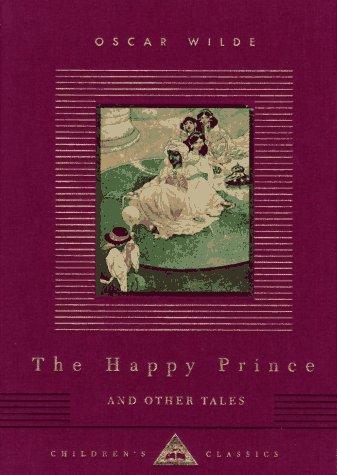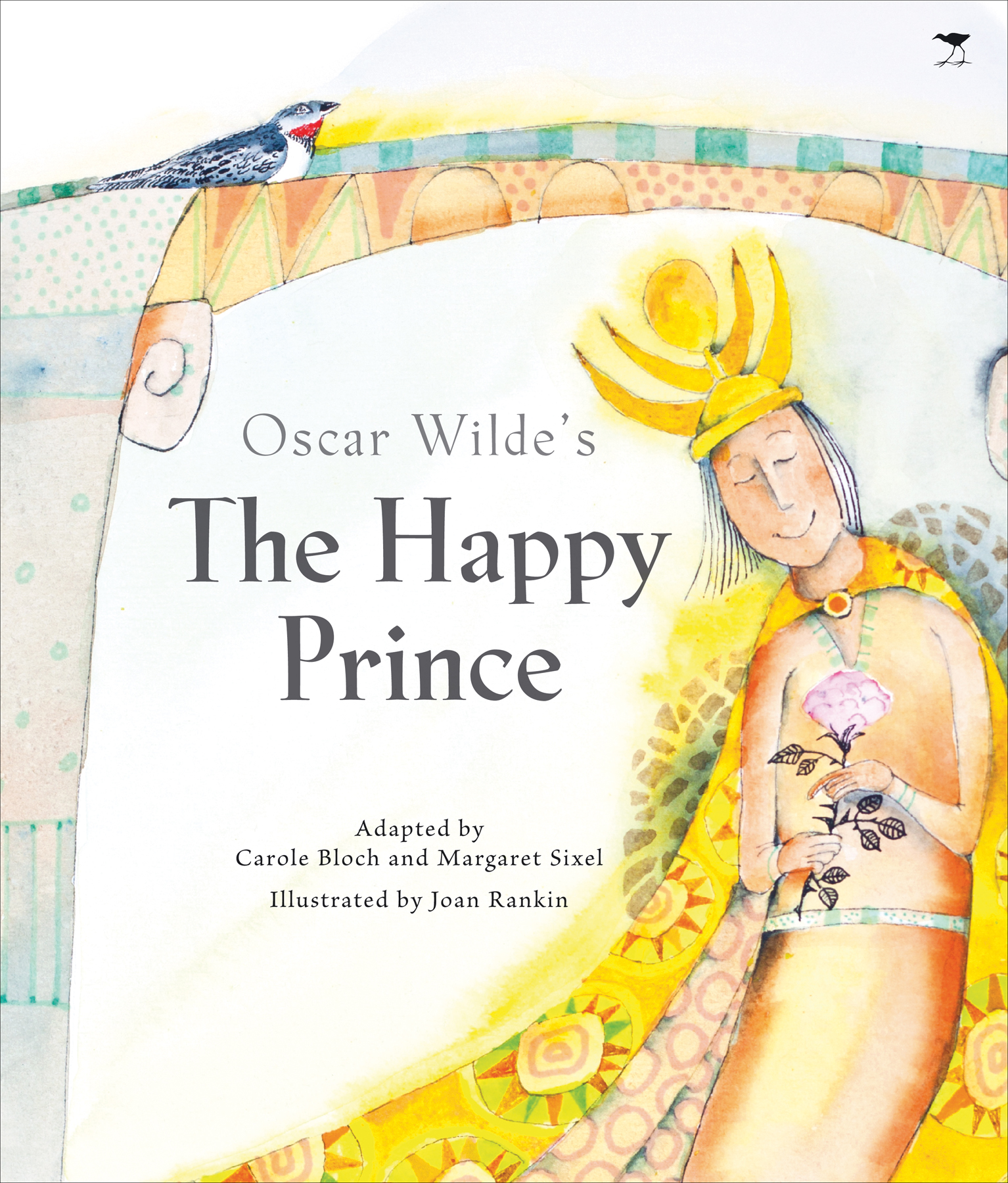

In representing the social malady of exaggerated self-sacrifice, Wilde adopts the satirizing strategy which maintains the sense of the illusion evoked by the inset tale while simultaneously estranging the outer/inner story connection by dint of nonrecognition. The discussion focuses on how Wilde employs the metatheatrical devices of the-play-within-the-play and role-playing to treat the social problems of self-immolating altruism and identity crisis respectively. In this paper, it is argued that Wilde incorporates metadrama into his 1888 fairy tale collection, The Happy Prince and Other Tales. Yeats as “a man of action, a born dramatist.” Although people did not recognize him as a serious playwright until the 1890s, Wilde had managed to find other outlets for his theatrical passion, for example in writing fiction.

I have a reputation for hand lettering and have set the text in a style loosely based on copperplate, written with a pen dipped in Quink ink to give the feel of a sketchbook.Oscar Wilde was described by W. The Prince himself is based on the playing card, Jack of Hearts, who is believed to win his crown through sacrifice for love. I’ve portrayed Reading’s buildings in my artwork over many years and designed public artworks that celebrate its built heritage.Īfter his release, Oscar Wilde was said to have remembered Reading Gaol as a sort of enchanted castle and I’ve depicted it as such in the Happy Prince’s tale. I began illustrating it as a personal project and decided to set the story in Reading – the town of my birth and a connection to Oscar through ‘The Ballad of Reading Gaol’. Oscar Wilde’s story, ‘The Happy Prince’, was originally published in 1888 and is a tale about doing good deeds to help others. With an introduction by Michael Seeney, author and collector of Wilde’s work.Īuthor: Oscar Wilde, illustrated by Sally Castle. This enchanting combination of fairy story with concrete urban reality, a tale of sacrificial love written with a flourish and swirl, turns a simple book into a gem as precious as the large red ruby that glowed on the Prince’s sword-hilt. Sally Castle’s beautifully hand-lettered and illustrated edition of Oscar Wilde’s The Happy Prince sets the story among Reading’s parks, squares, rooflines and churches – the town that’s shaped her and her artwork and where Oscar spent an unhappy period in gaol.


 0 kommentar(er)
0 kommentar(er)
